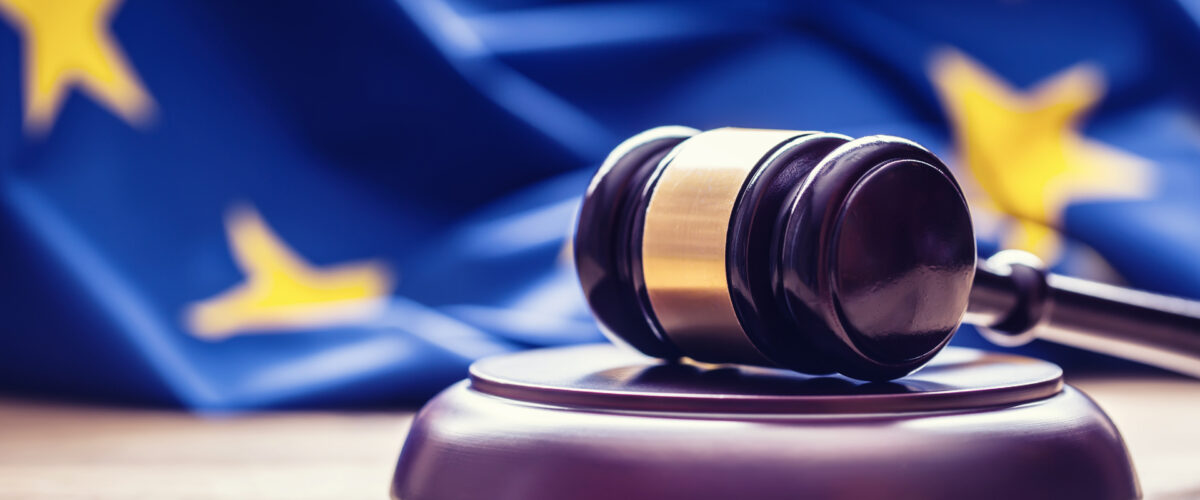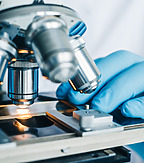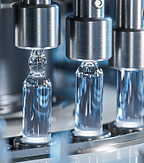Artikel | 11 november 2022
Can you patent a drug/software combination?

The European Patent Office (“EPO”) Boards of Appeal concluded in a decision earlier this year that a drug and computer program combination is not patentable.[1] The computer program that was subject to the EPO application was aimed at improving patient compliance with taking a known pharmaceutical formulation for the treatment of heart disease. The EPO found that the computer program did not have an overall technical effect, thus did not solve any objective technical problem. As the program in question was the only component of the patent application distinguishing the claims from prior art, the EPO rejected the application for lacking inventive step.
As the digitalisation of medical care grows, and the use of software applications in both diagnosis and treatment increases, companies innovating in this area need to carefully consider their IP strategy to protect their competitive advantage.
The European criteria for software patentability
Under European patent law, computer programs are not regarded as patentable inventions. This is stated in Article 52(2) of the European Patent Convention (“EPC”), which excludes “schemes, rules and methods for performing mental acts, playing games or doing business, and programs for computers” from patentability. This is often misunderstood to mean that software simply in its entirety is excluded from patentability, which is not true.
Article 52(3) of the EPC states that patentability is excluded only for computer programs as such. This means that some aspects of a software invention, going beyond the concept of a “computer program as such”, are patentable. According to the EPO, this applies to computer programs having a “technical character”, which produces a “further technical effect” when run on a computer, “beyond the mere physical interactions between the program (software) and the computer (hardware) on which it is run”.[2] In other words, the computer program needs to do more than execute the “normal” physical effects when implemented or run on a computer. Such “normal” effects include, for example, the circulation of electrical currents in the computer, which are thus not in themselves sufficient for patentability. In practice, this step is however relatively straightforward to overcome, as any computer program amounts to being executable on a computer.
The next hurdle is to satisfy the other patentability requirements: whether the invention is novel, involves an inventive step and is viable for industrial application.[3] This can be a challenge for software inventions, as they may indeed overcome the first criteria of having technical character, but may often differentiate from prior art only by their non-technical features, which is not sufficient for claiming an inventive step.
A computer program for improving patient compliance
In the case subject to the EPO’s decision, the claimed invention involved a computer program comprising instructions to: 1) ask a patient a set of questions about the drug; 2) collect the answers; 3) generate patient-specific feedback; and 4) provide this feedback to the patient. It was uncontested in the case that the pharmaceutical formulation was already known at the priority date of the patent application at hand, and as such it was part of prior art and thus not patentable. The distinguishing feature from prior art was the interactive computer program. The question then arose as to whether the computer program contributed to the technical character of the invention by interacting with the technical features (i.e., the pharmaceutical formulation) to solve a technical problem.
The patent applicant was asked by the EPO whether the computer program interacted with the technical features of the invention, in the sense of whether there was a direct link between the computer program and the pharmaceutical formulation. The applicant answered that this was not the case and instead argued that the interaction lay in an “enhanced likelihood” of patient compliance.
The patent applicant argued that good patient compliance is a technical effect, which was not accepted by the EPO, as it instead ruled that improved compliance could only be recognised as a technical effect if it arose “objectively in an unbroken technical chain”[4] from the properties of the pharmaceutical formulation. In this case, the technical chain was broken by the patients’ mental activities, as compliance was dependent on the choices made by patients and their ability to interact with the computer program. The EPO compared the computer program to other non-technical solutions that would improve patient compliance, such as labelling prescriptions with clear directions or encouraging patients to use calendars to take their medication.
The applicant also tried to argue that the fact that the computer program was under the framework of the Medical Device Regulation[5], and labelled as a CE-marked medical device, was evidence that proved the computer program to have technical character. This was however also dismissed by the EPO, which stated that “regulatory approval of a device has no relevance to the assessment of its patentability in accordance with the EPC”.[6]
The importance of considering your IP strategy
This case emphasises the importance of carefully considering the possible pathways for protecting software inventions, as their patentability is a delicate matter. As an alternative to patent protection, companies inventing in this technical field should also consider copyright protection or managing software inventions as trade secrets as ways of protecting their intellectual assets during their development and commercialisation.
Setterwalls provides legal advice within IP law and life sciences and specialises in IP strategy and the patentability of software inventions in the field of medicine.
[1] T 0752/19
[2] The EPO Guidelines for Examination (G-11, 3.6).
[3] Article 52(1) of the EPO.
[4] T 0752/19, p. 6.
[5] Regulation (EU) 2017/745 on medical devices.
[6] T 0752/19, p. 8.
Kontakt:


